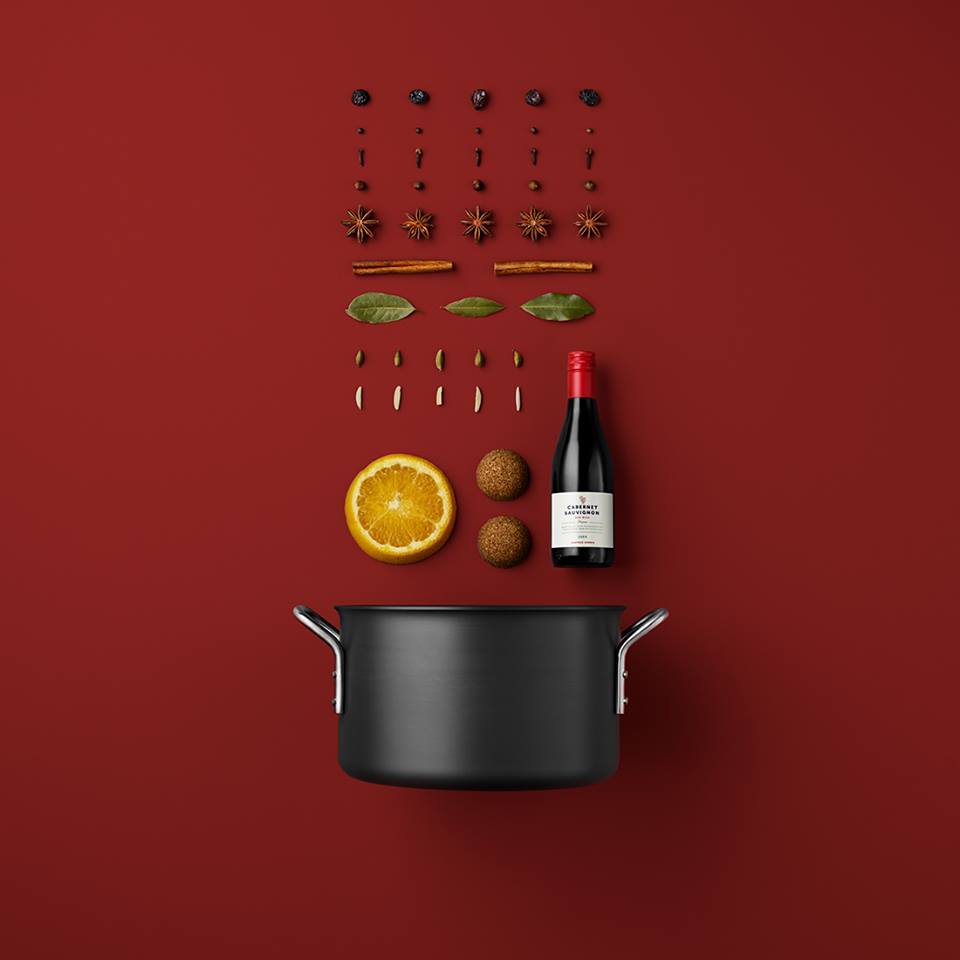n
Disclaimer: the following is in no way intended to be the ne plus ultra—the last word—on food and wine pairing. Like many other things in life, the basics are straightforward but the potential to go down a rabbit hole, drop into an abyss, or be sucked into the vortex is always possible. All nonsense aside, I have to humbly submit that good friend Evan Goldstein’s two books on food and wine pairing, “Perfect Pairings” and “Daring Pairings,” are nigh untouchable. If you don’t own them, you should. Now to business.
Food and Wine Pairing in Less Than 500 Words
Elements in Wine:
Acidity: the single most flexible element in wine for pairing with food. Higher acid wines are more versatile.
Tannin and oak: the least flexible elements—both dictate a narrow range of dishes that pair well.
Alcohol: higher alcohol in a wine requires more intensity in the dish. Lower alcohol wines are more versatile.
Sweetness: white wines with residual sugar are chameleons—they work with a wide range of dishes with the exception of red meat.
Dessert: the wine must always be sweeter than the dessert or both will taste lousy.
Elements in Food:
Salt: takes the edge off acidity but exacerbates tannin in red wines.
Butter/animal fat: takes the edge off tannin and needs acidity for contrast.
Fish oil: needs dry, high acid white wines or bubbles. Avoid tannin in red wine.
Sugar: makes dry wines taste more austere; needs wines with residual sugar.
Spicy heat: needs residual sugar–avoid tannin!
Umami-earthy-savory elements: need higher acidity, less tannin, and possible earthiness in aged red wines.
A Few Apparent Truisms:
Matching the intensity of the wine to the dish is usually key.
If the dish is too spicy-intense it will dominate the wine.
Likewise, if the wine is too powerful/tannic it will overwhelm the dish.
With any dish, the sauce, condiments, or method of preparation can dictate the kind of wine.
For example, take chicken: it can be boiled, sautéed, roasted, or grilled. The intensity of the preparation will usually dictate the kind of wine paired—unless the sauce or sides on the plate are more intensely flavored.
Complement vs. Contrast
To complement or contrast: that is the question.
Trying to find similarity/same flavors between the wine and the dish is usually pointless.
Finding contrast between the wine and the dish–a high acid wine with a rich sauce–is usually the way to go.
The Almost Golden Rules
The most versatile wines: unoaked high acid whites with moderate alcohol or medium-bodied red wines with moderate tannins and less oak.
The least versatile wines: high alcohol, oaked whites and high alcohol reds with high tannin and new oak.
Versatile white wines: Riesling, Sauvignon Blanc, Albariño, lighter Grüner Veltliner, Pinot Bianco, Pinot Grigio, and unoaked Chardonnay.
Versatile red wines: Pinot Noir, Gamay, Sangiovese, Barbera, Tempranillo, and lighter Grenache blends.
Bubbles: dry sparkling wine and Champagne are brilliant with a wide range of dishes.
Rosé: dry rosés from any number of different grapes and places are among the most versatile wines of all.
Context: despite everything I’ve just written, some will end up drinking whatever they like to drink, which might be the oakiest Chardonnays and Cabernets on the face of the earth—regardless of what’s on the plate. C’est la vie.
Advice: when handed the list at a restaurant for a party of 10 ordering everything possible, go for unoaked Sauvignon Blanc for white and Pinot Noir for red. The two will cover practically everything.
Fin
nn
